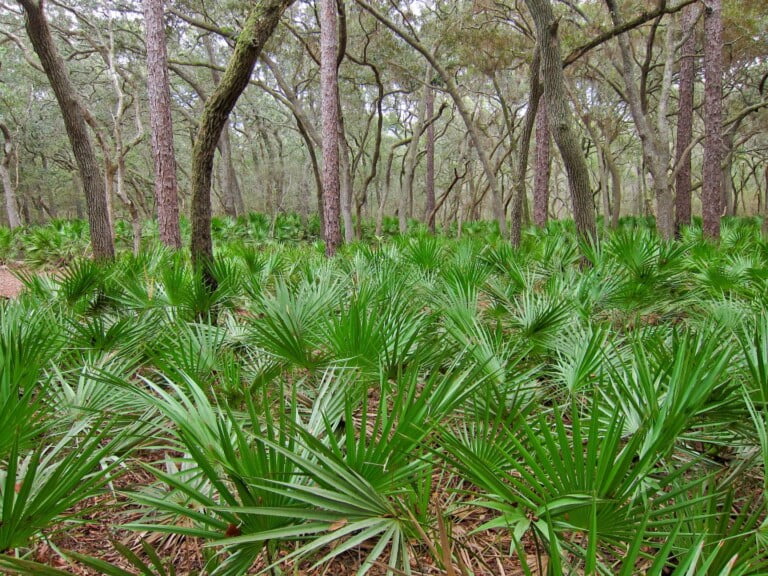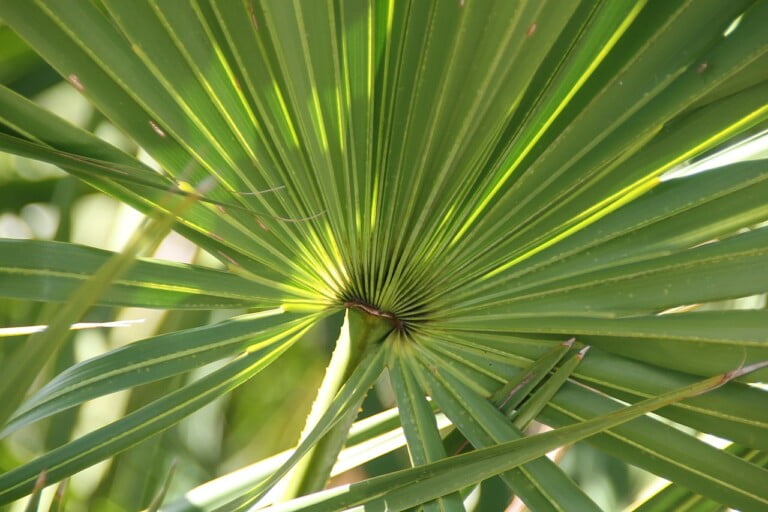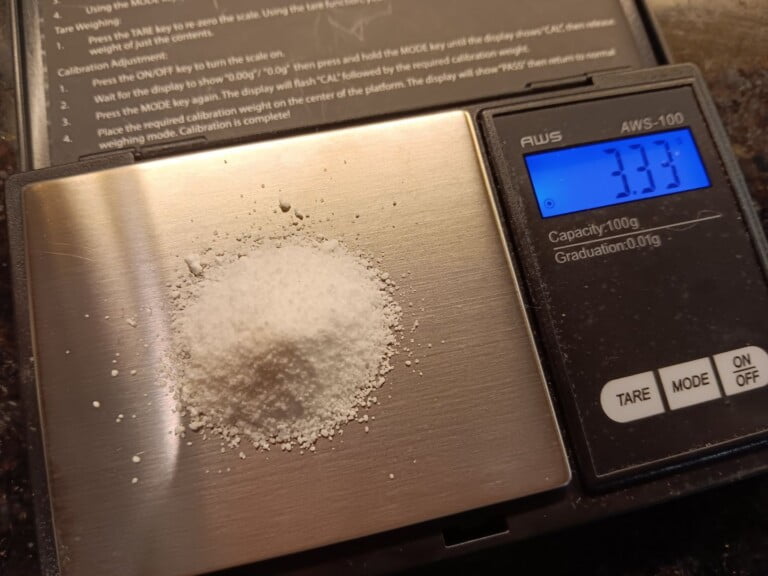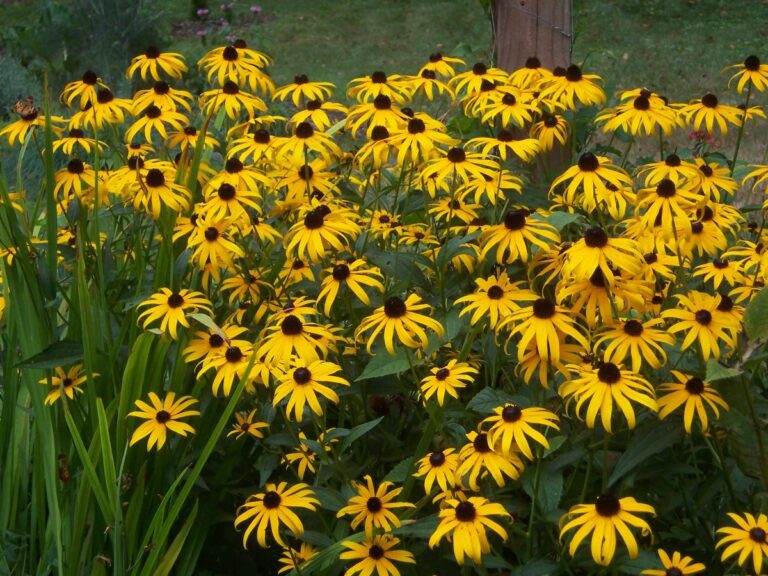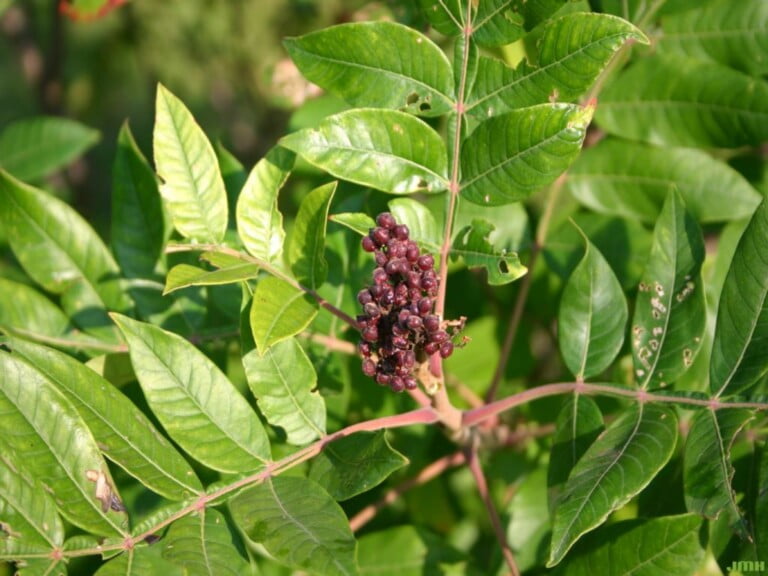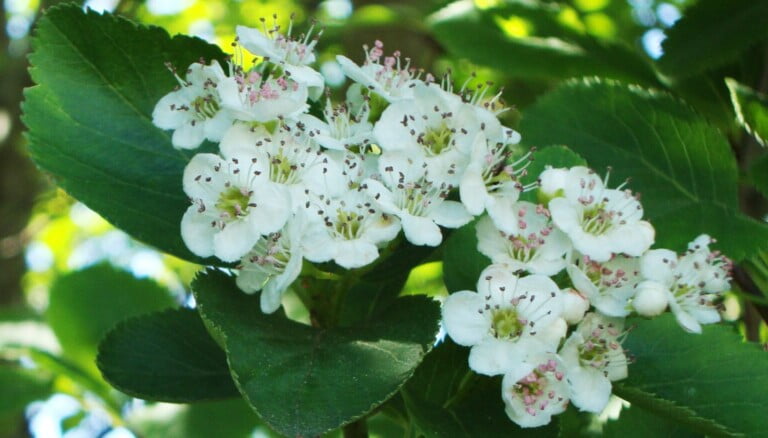What’s the Difference Between Sabal Etonia and Sabal Minor?
Both species are resistant to a variety of environmental conditions, making them valuable for landscaping in their native regions. When trying to distinguish them in the wild or in cultivation, considering their habitat, leaf shape, and the length of the inflorescence can be helpful.
